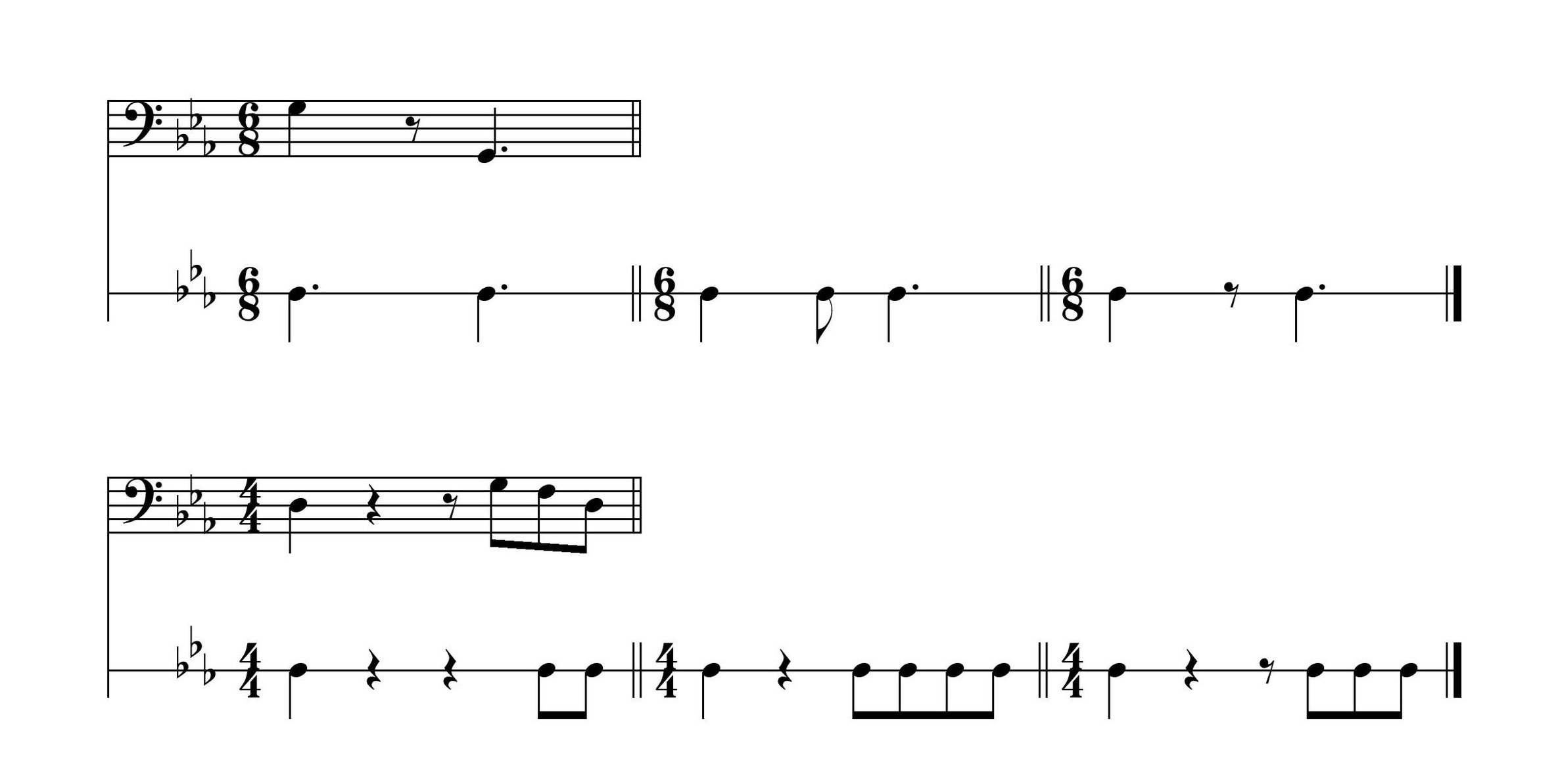
Catango 5
Jodie Blackshaw
Composer Profile
Jodie Blackshaw
(b. 1971)
To find out more about Jodie and her works please go to: www.jodieblackshaw.com
Dr. Jodie Blackshaw grew up in the Riverina region of NSW, Australia and her attachment to rural Australian life is evident in her music. Since graduating with a Bachelor of Music (Composition), Blackshaw has passionately searched for a compositional approach to wind band that offers students the opportunity to create as well as perform. Throughout her teaching career she collected hundreds of student compositions and has found that the most influential teachers on her compositional voice have been her students.
Jodie completed her PhD in Composition in 2020 at the Australian National University with Christopher Sainsbury and Craig Kirchhoff. Her studies identified a point in the compositional process that provides composers with a distinctiveness according to the focus of their initial musical sketches. In some cases, composers commence with rhythm, for others, it is harmony or melody; in Blackshaw’s case, it is timbre. Hence as a result of this all-important study, she now self-identifies as a “colour-first” composer.
About the Piece
Catango 5 (2017)
This piece is all about CHARACTER. There are five characters (cats), hence the name “Catango 5.” I’ve included excerpts from Blackshaw’s program notes to give you an idea of the overall vibe, though my example is only from the “Machiavellian cat” section that begins at measure 31!
A lonely, hungry, no-name cat.
When a cat first comes into your life from a shelter, they are scared and full of gratitude and love. The opening melody was written to reflect this fragile state.
Machiavellian cat.
To be Machiavellian is to be deceptive, cunning and hold little regard for others. This is the section that I chose as the example below!
The cat who dreams like Alice.
In studying the life of cats, they spend much of their time sleeping; hence it simply couldn’t be a piece about cats without a “dream” section.
Nimrod, the hunting cat.
The reference here is to the cat who suddenly jumps into a sprint during a hunt. Any cat person knows this can be anything from a bird, a listless Autumn leaf or even one of your household shoes!
Cat. Shaken, not stirred.
I make this cryptic reference to James Bond as I imagine the cat who struts their stuff. They are not afraid to express their confidence and self-assurance, much like agent 007.
Melody + Bass Line
I started by deciding which melody in the piece would be the most beneficial to have students learn really well! Then I figured out what chords fit best to determine chord roots and tonal patterns. Don’t overanalyze too much; it’s not a huge deal if you decide on Fm/D instead of Dø7. Jodie certainly wouldn’t be offended if you’re slightly off for the sake of teaching students creativity! :)
Suggestions for teaching a trickier melody like this one by ear →
Tonal Patterns
Once you figure out the chord structure, make up some tonal patterns that match!
Rhythm Patterns
I took a slightly different approach to this one. The score has clapping sections that I’m sure would be an obvious choice for rhythm patterns, so I thought I would offer instead a way to learn some of the tricky rhythms by starting with simpler rhythms and building up from there.
Improvisation
Now is the fun part. Have some of your students play the bass line (or a simplified version of just chord roots) and others improvise a melody or rhythms over the changes! They’ll get to know this harmonic structure like the back of their paws.







